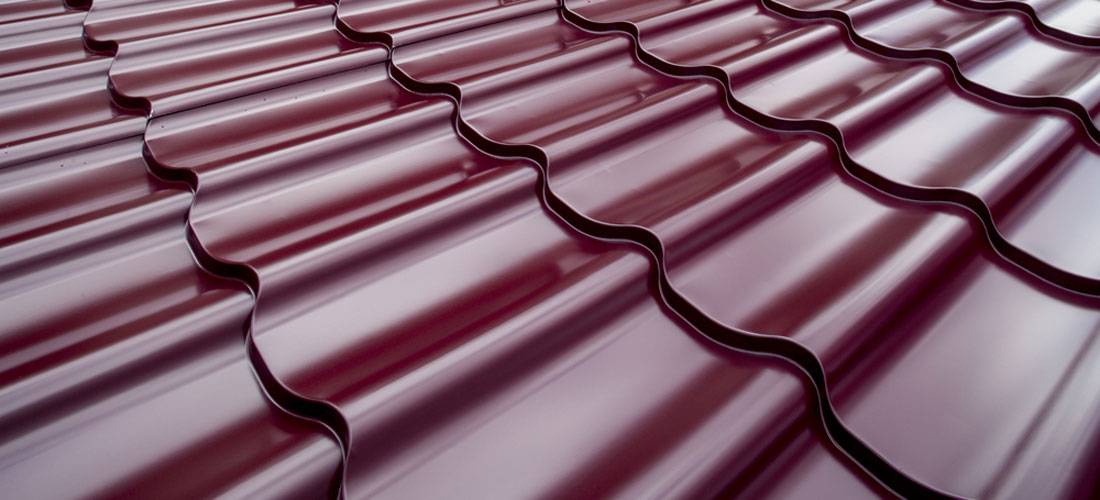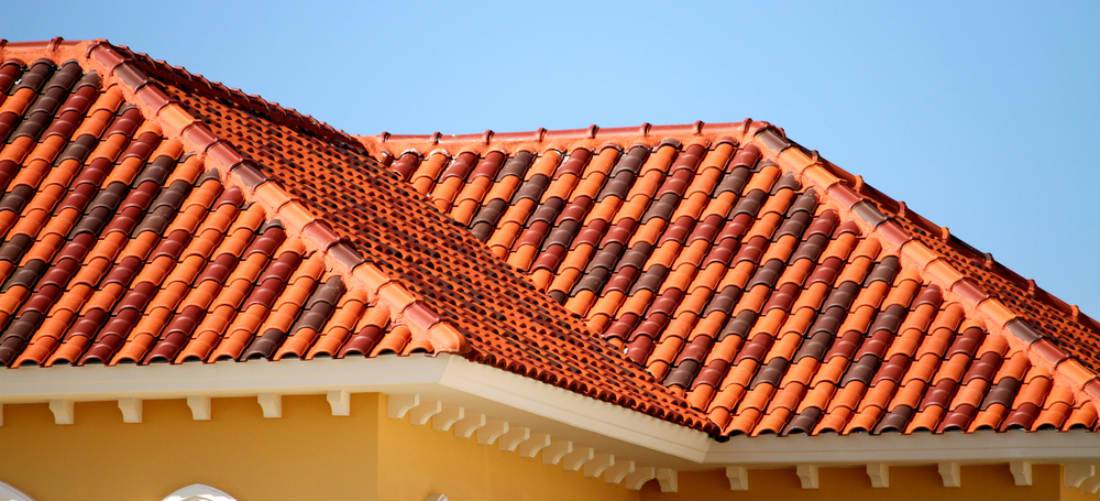When comparing aluminum roofing vs traditional tile roofing, the main differences are costs, maintenance and personal preference.
A wide variety of residential roofing is available for your home, each with pros and cons that make choosing the best roofing material for your home an important decision. A direct comparison of roofing types, such as aluminum roofing versus traditional tile roofing, can make the choice a bit easier.

Aluminum roofing
Aluminum roof vs traditional tile roofing. Photo by Steve Snodgrass on Flickr. Aluminum roofing is used primarily for its durability, lasting up to 50 years after installation before needing to be changed. The material is highly pliable and comes in a variety of designs, such as standing seams, shingles and tiles. It can also be formed into multiple textures and colors to resemble slate tiles or wood shakes.
Aluminum is lighter in weight than most metal roofing materials, making it easier to install, generally without the need to alter the structure beneath the roof decking. After installation, little maintenance is required since the material does not crack, burn or rust.
The roofing prices for an aluminum roof can be high in comparison with other roofing types. However, the material does absorb less heat than other roofing types, making it highly energy efficient. This in turn reduces cooling costs during warmer months. The material is often made from recycled materials and can be recycled when removed. The higher roofing cost for installation turns cost efficient when the longevity of the material is taken into account.
Since aluminum roofing's popularity is fairly recent, a roofer with experience with the material can be difficult to find. You can find listings for reliable roofing contractors on QualitySmith A professional roofer ensures that the installation is compliant with any roofing warranty requirements.

Traditional tile roofing
Aluminum roofing vs traditional tile roofing. Photo by simple pleasure on Flickr. Traditional tile roofing includes both clay and concrete tiles. Both tile types are extremely durable, with little maintenance necessary. However, roof repair is sometimes needed. You may have to replace missing roof tiles after strong storms to maintain protection of the roof.
In addition to providing protection from rain and snow, traditional tiles provide a layer of insulation, which, when combined with reflective additives in the tiles, will increase the energy efficiency of your home, lowering cooling costs.
A tile roof is fireproof, which can slow the spread of a blaze in your home.
Traditional tiles can be molded into a variety of shapes, sizes and textures. With a variety of colors available, the tiles are highly popular and can be used in their traditional clay or concrete tile appearance. Or they can be molded to appear as other roofing tile types, such as wood shakes or slate shingles.
Traditional tiles are heavier than most tile types, requiring the roof structure to be sufficiently sturdy to support the weight. Roofers experienced in installing traditional tile types are needed, due to the fragility of the tiles.
For an idea of the total roofing cost, a roofer can be consulted to provide a roofing estimate that takes into account any structural changes, underlayment needs, labor costs and material costs.
When you conduct a comparison of aluminum roofing versus traditional tile roofing, you will get a good idea of which roofing type is best for your home. Both materials give you ample protection from moisture, an increase in energy efficiency and an attractive look, with both adding to the resale value of your home.













Write a Comment